Understanding Construction Holdbacks and the Draw Process in Hard Money Loans
In the world of real estate investing, hard money loans are a popular financing option for construction and renovation projects. A critical aspect of these loans is the construction holdback and draw process, which ensures that funds are disbursed in a controlled and efficient manner. In this blog post, we’ll delve into how construction holdbacks work and explain the draw process for hard money loans.
THE BASICS OF CONSTRUCTION HOLDBACKS
A construction holdback is a portion of the loan amount reserved by the hard money lender to cover the costs of construction or renovation work. Instead of disbursing the entire loan amount upfront, the lender releases the funds in increments, or “draws,” as the project progresses. This arrangement protects both the lender and the borrower by ensuring that funds are used appropriately and that construction milestones are met.
THE DRAW PROCESS
The draw process is the method by which the borrower receives funds from the construction holdback. It typically involves the following steps:
- Submitting a draw request: The borrower submits a draw request to the lender, detailing the completed work and associated costs. This request often includes invoices, receipts, and other documentation to substantiate the expenses.
- Inspection: The lender may require an inspection to verify that the work has been completed according to the agreed-upon schedule and quality standards. This step helps to prevent fraud and ensures that funds are used as intended.
- Approval and disbursement: Once the lender approves the draw request, they release the requested funds, either directly to the borrower or to the contractor(s) involved in the project.
DRAW SCHEDULES AND MILESTONES
The draw schedule outlines the specific milestones or phases of the project at which funds will be disbursed. Each draw is typically tied to a particular stage of completion, such as foundation work, framing, or finishing. The borrower and lender typically negotiate the draw schedule before the loan is finalized, ensuring that both parties are aligned on project expectations and funding needs.
THE BENEFITS OF CONSTRUCTION HOLDBACKS AND THE DRAW PROCESS
The construction holdback and draw process offers several advantages for both borrowers and lenders:
- Financial control: The draw process ensures that funds are used as intended, protecting the lender’s investment and helping the borrower maintain financial discipline throughout the project.
- Accountability: By tying draws to specific milestones, the process encourages timely and efficient project execution, ensuring that the borrower meets their goals and commitments.
- Flexibility: The draw process allows for adjustments to the project scope, timeline, or budget as needed, providing a level of flexibility that is beneficial for both the borrower and the lender.
TIPS FOR NAVIGATING THE DRAW PROCESS
To ensure a smooth draw process, borrowers should consider the following tips:
- Maintain clear communication with the lender and provide regular progress updates.
- Keep detailed records of construction expenses and documentation.
- Work closely with contractors to ensure that work is completed according to schedule and quality standards.
- Anticipate potential delays or issues and proactively address them with the lender.
Understanding construction holdbacks and the draw process is crucial for real estate investors seeking hard money loans for construction or renovation projects. By following the guidelines and maintaining open communication with the lender, borrowers can successfully navigate the draw process and ensure that their projects are completed on time and within budget.




